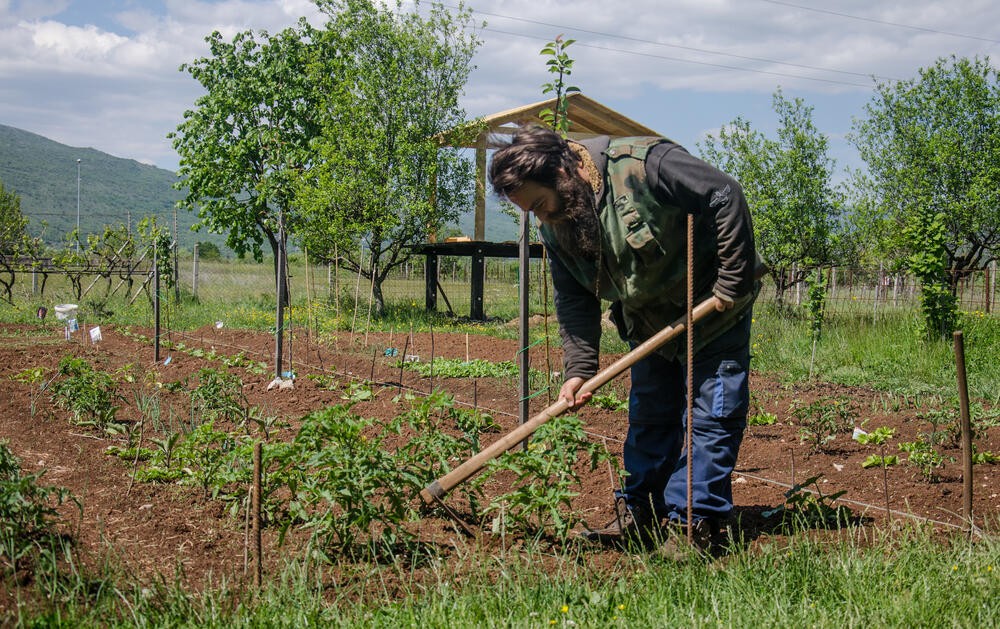Urban gardening isn’t a new thing, nor is it something the name itself can’t define: growing fruits and vegetables in urban cities. Whether in an abandoned parking garage, a former air raid shelter, or a rooftop, the practice is growing like wildflowers. This is down to panic buying, but also because of the newly-exposed fragility in global food systems.
Food chains were severely disrupted during the pandemic, forcing people to rethink food—what we eat, where it comes from, and how it actually got on our plates. Cracks and gaping holes in the food system were exposed; from access, to safety, to transportation of goods. People had to come up with solutions: and fast. Here are two amazing initiatives sowing the seeds of the future of urban living.

#1 Cooperative Gardens Commission – US/Canada
CGC was born out of the pandemic. Government inadequacy in responding to food shortages severely impacted marginal communities, especially the elderly. They are a collection of hundreds of volunteers across the United States and Canada sharing resources – seeds, soil, equipment, labor, land – to build a sense of community across traditional divides. Their mission is to kickstart resource sharing between people who have food growing knowledge and those who need support; to encourage communities to grow their own food.

Much like the victory gardens in the US during WWI and WWII, urban gardens are popping up all over the country as people grasp the importance of being self-sustainable. By relying less upon imports and the government, communities can develop resilience and become self-sufficient in the face of stresses.
#2 Reviving Montenegro
Agriculture was left in the dust in Montenegro as people migrated to larger cities during the industrial revolution and post-WWII. Over the last decade, focus shifted to tourism and the country became more reliant upon food imports. This decades-long negligence of agriculture has since found a second life, when food security became even more of a concern, as did the economic and social impacts of the pandemic.

Montenegro is a small country with just over 600,000 residents; and mountainous terrain that makes agriculture difficult. Nevertheless, climate controlled greenhouses and vertical gardens are popping up to grow vegetables year-round. The pandemic has further encouraged people to cultivate gardens, parks, and any other available land to grow food. Whether this was because of job losses, or a coping-strategy for lockdown measures, communities in Montenegro have embraced the new normal and are striving towards food security by working together.
COVID-19 has had a profound impact on global food systems. As supermarket shelves emptied out, the fear of unavailable essential items became all too real. Once food access impacts you personally, you’re forced to rethink and reimagine. People are now truly understanding the importance of reliable, accessible, safe food in their homes and communities.
Maybe there is a silver lining to the pandemic after all: we can permanently weave the thread of farming into the fabric of city landscapes across the world. Building local, sustainable food systems will build community resilience in times of stress and uncertainty.




